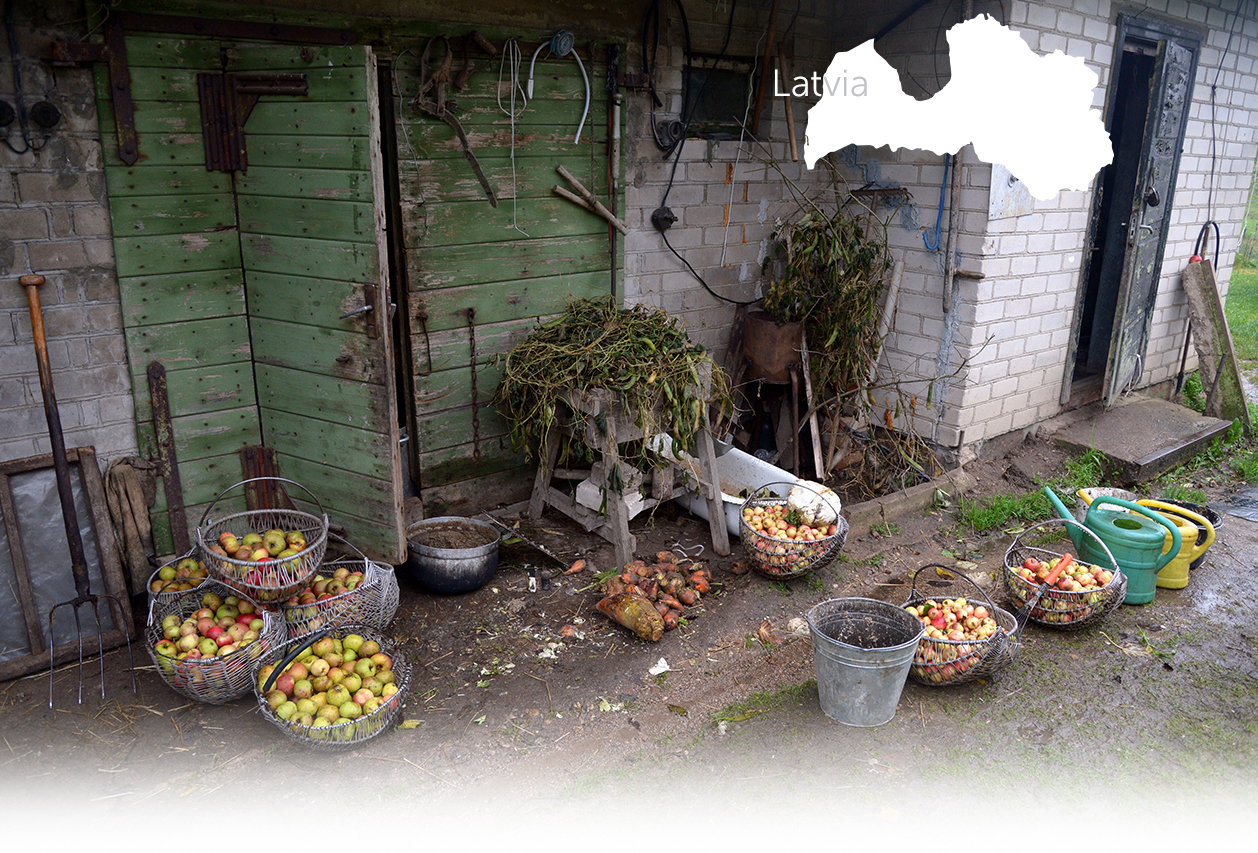

1 Sitio(s) de ejecución
Feofanija B., born in 1931 “One day during the summer, as I was walking to a store on the road to Preiļi, I saw a column of between 20 and 30 Jews walking in my direction. They were all guarded by local police officers wearing dark green uniforms. They were taken on foot into the forest, where pits had been prepared. Some Jewish children were thrown in alive. Other victims had to remove their shoes before lining up near the pit. Four days later, while picking berries, some children saw the shoes lying around near the mass grave that had been filled in.” (Witness n°28LV, interviewed in Riebiņi, on May 6, 2019)
Riebiņi is a village located 180 km (111 miles) southeast of Riga, in the Latgale region of Latvia. In the 19th century, the village was a shtetl, and the vast majority of its inhabitants were Jewish. In 1897, 533 Jews lived in the village, representing 91% of the total population. However, at the beginning of the 20th century, many of them emigrated to the United States and Palestine. By 1935, they represented only 68% of the population. They had a synagogue and their own cemetery. Most of them were merchants and craftsmen who had their own stores. The rest of the inhabitants were Latvians and Russians. In the summer of 1940, under the terms of the German-Soviet non-aggression pact, the USSR annexed the region.
On June 22, 1941, the German army and their allies began the invasion of the USSR, marking the beginning of Operation Barbarossa. About 20 residents of Riebiņi then joined the ranks of the Red Army. In early July, Riebiņi was captured by German forces. As soon as the occupation began, Latvian collaborating police officers began the first arrests of local Soviet activists. Then, between August 23 and 25, 1941, members of the Latvian militia (Aizsargi) organized the arrest of all Jews in Riebiņi and its surroundings. Over this short period, and under the orders of German supervisors, they gathered the Jews in the synagogue and prayer houses. Then they took them in groups to the Aizupieši forest, located 3.5 km (2 miles) north of Riebiņi. There, they shot the groups of Jews in mass graves, while some German soldiers looked on. Over the course of three days, more than 200 Jews were executed in this manner. At the end of the operation, the town was declared Judenfrei ("Free of Jews") by the German authorities. Riebiņi was liberated by the Red Army in late July 1944.
¿Tiene información adicional con respecto a un pueblo que le gustaría compartir con Yahad?
Por favor contáctenos a contact@yahadinunum.org
o llamando a Yahad – In Unum at +33 (0) 1 53 20 13 17